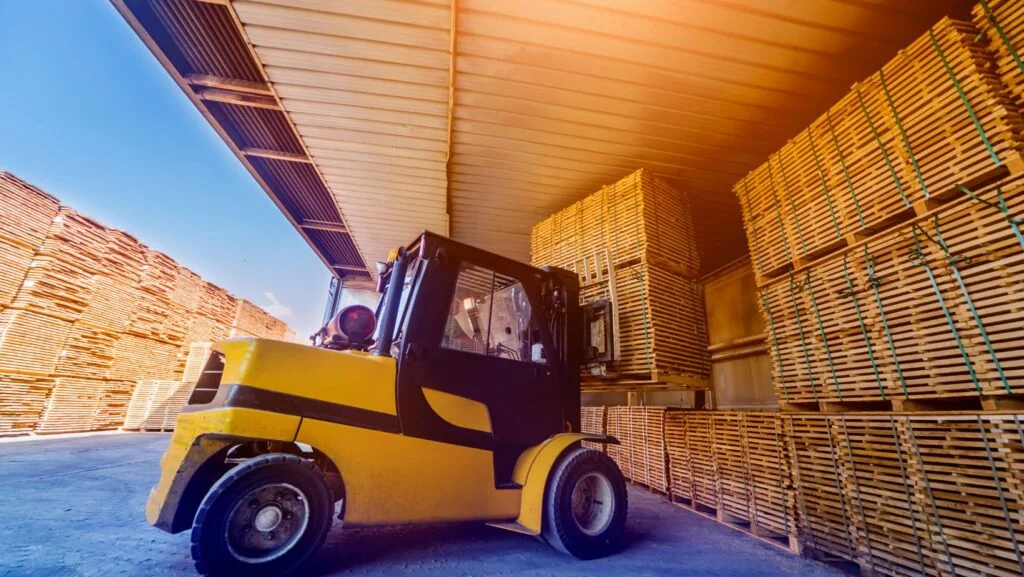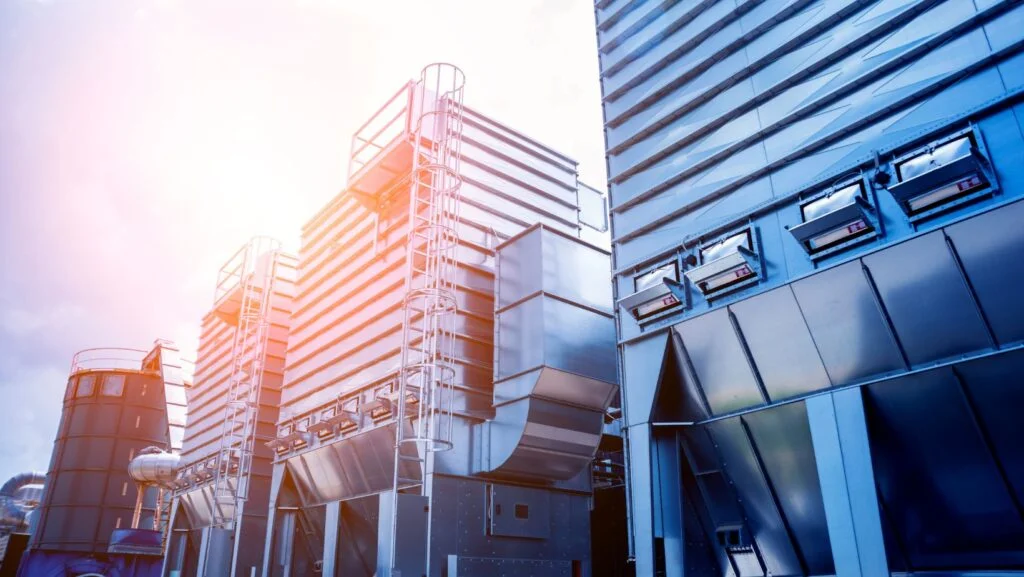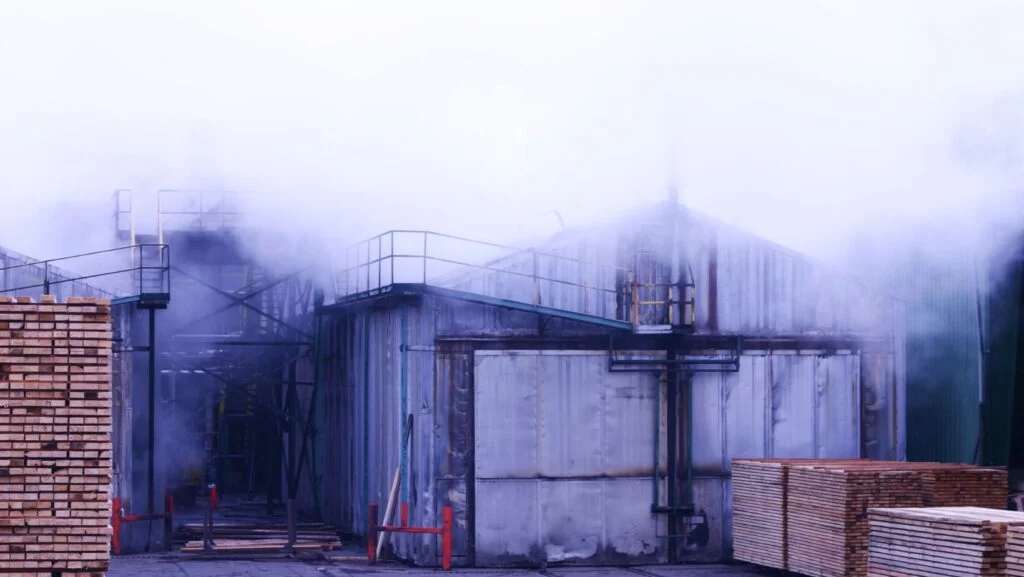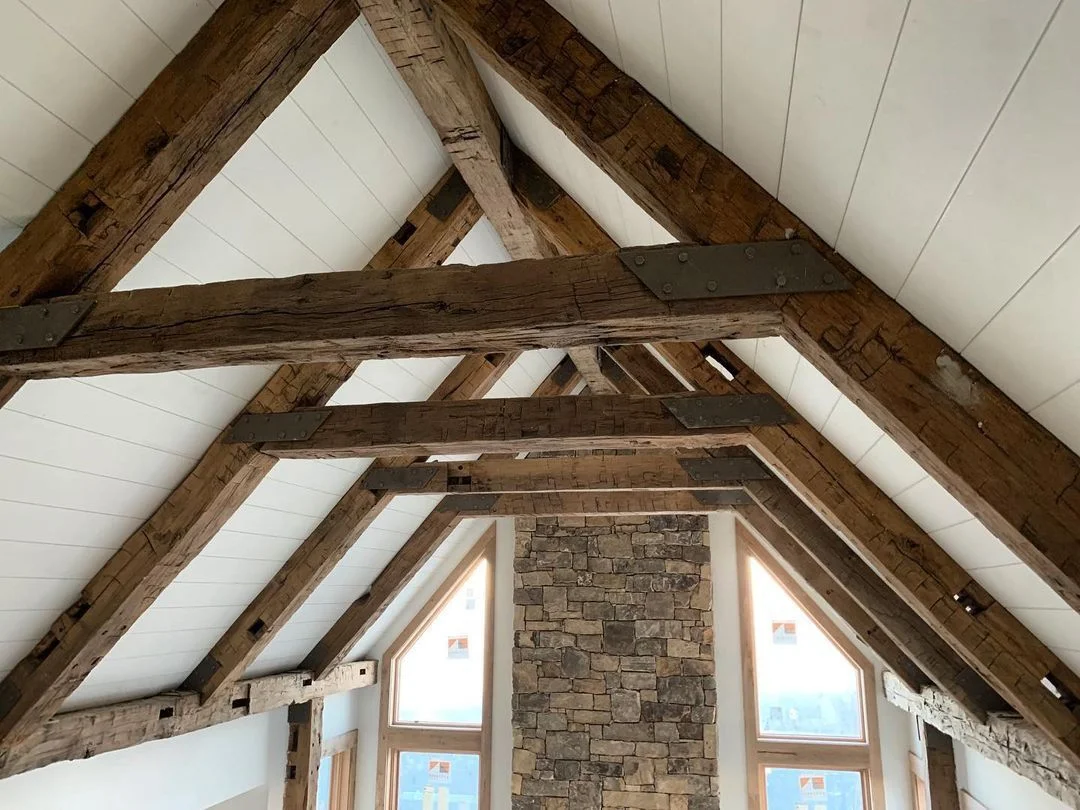Woodworkers and manufacturers have been using kiln drying to prepare wood for a variety of projects for centuries. Without proper drying, wood can be prone to shrinking, warping, cracking and other issues that can substantially impact the quality of your work. Kiln drying is a cost-effective way for woodworkers to preserve their materials so they can consistently produce high-quality results. Explore the benefits of professional kiln drying to find out how it can help improve your product’s performance!
What is Kiln Drying?
Kiln drying is a process used to remove moisture from wood by placing it in a specialized chamber called a kiln. The kiln is heated, and the air inside is circulated to create a controlled environment that promotes the evaporation of moisture from the wood. Kiln drying can be done using a variety of heating sources, including gas, electricity, or wood, and the temperature and humidity levels inside the kiln are carefully monitored and adjusted to ensure that the wood is dried evenly and thoroughly.
What is Equilibrium Moisture content?
Equilibrium Moisture Content (EMC) is the moisture content that wood reaches when it has reached a state of balance with the surrounding environment. This means that the wood has neither lost nor gained any moisture and is at a stable moisture level. The EMC of wood varies depending on the temperature and relative humidity of the surrounding environment. For example, wood will absorb moisture in humid environments and release moisture in dry environments until it reaches its EMC.
EMC is an important factor to consider in woodworking because wood that is not at its EMC may experience dimensional changes when it is exposed to different environments. For example, wood that is too moist may shrink or warp when it is exposed to a dry environment, while wood that is too dry may expand or crack when it is exposed to a humid environment.
Kiln drying wood to its proper EMC is essential to ensuring that it is stable and will not experience significant dimensional changes when it is used in a variety of applications.
What are the Benefits of Kiln Drying?
One of the primary advantages of this technique is the significant reduction in moisture content, thus ensuring greater stability and durability of the finished product. This is primarily due to the controlled environment and consistent temperature maintained in a kiln, leading to uniform drying rates and preventing common issues such as warping, twisting, or shrinking of the wood.
Not only does kiln drying result in stronger and more reliable building materials, but it also plays a crucial role in the prevention of mold and decay. By effectively removing excess moisture, the growth of fungi and other microorganisms becomes virtually impossible. Moreover, kiln drying exterminates any existing insects and their larvae, potential fungus or unwanted growth on the timber, further enhancing the overall quality of the final product.
From an environmental perspective, kiln drying stands out as a remarkably energy-efficient process, primarily due to its ability to reuse excess heat generated during the drying cycle. This practice substantially reduces fuel consumption and greenhouse gas emissions, contributing to a more sustainable and eco-friendly industry.
What are the Different Types of Wood Kilns?
Conventional kilns
The primary function of this type of wood kiln is to remove moisture from the lumber by means of evaporation, using steam as the primary heat source. Steam is generated either by a boiler or a direct-fired steam generator, and then it is transported into the kiln’s heating chamber through an intricate system of pipes. Once inside, the steam radiates heat throughout the chamber, effectively raising the temperature and humidity levels of the kiln’s atmosphere.
By increasing the temperature, the water content within the wood is transformed into vapor, as the cell walls within the wood expand and contract, allowing the water molecules to break free. The hot air within the kiln chamber then absorbs the released moisture and carries it away through exhaust vents, ultimately reducing the wood’s overall moisture content.
Dehumidification kilns
The drying process revolves around the concept of reusing heat within the kiln rather than exhausting it, which not only saves energy but also contributes to preserving the environment. This is achieved through the use of a dehumidifier, a key component that contains an intricate network of coils responsible for condensing the majority of the water present during the drying process. This water is then removed as a liquid, as opposed to being released into the atmosphere as waste.
One of the most prominent advantages of dehumidification wood kilns lies in their energy efficiency. While they rely on electricity as their primary energy source, which may be costlier than gas, the continuous recycling of heat within the kiln leads to substantial savings compared to conventional kilns. Furthermore, dehumidification kilns boast a more eco-friendly approach as they minimize waste through reduced energy consumption and better control of moisture emissions.
Vacuum Kilns
Vacuum kilns are advanced wood-drying systems that utilize the principle of reducing atmospheric pressure to lower the boiling point of water, thereby accelerating the drying process. These state-of-the-art kilns are equipped with sealed chambers that create a vacuum environment, reducing air pressure and allowing water to evaporate from the wood at lower temperatures. Consequently, this controlled environment facilitates the drying of wood with minimal risk of warping, cracking, or other distortion issues that can often result from conventional or dehumidification drying techniques.
Although vacuum kilns present several advantages, such as high-drying speeds and quality control, the primary downside lies in the considerable cost involved. As the heat energy required for vaporization is supplied through electricity rather than local fossil fuel sources, the operational costs can outweigh the benefits for smaller-scale businesses or individual users. Nevertheless, vacuum kilns have become increasingly popular in larger woodworking operations, where the ability to efficiently dry lumber with minimal waste and defect rates offsets the cost of investment.
Solar kilns
As their name suggests, these wood kilns rely on solar energy for their operation. They are designed with large, insulated windows that allow sunlight to enter the kiln and heat the air inside. This hot air circulates around the lumber, evaporating moisture within the wood. Solar kilns are environment-friendly and cost-effective; however, their drying rate is slower when compared to other wood kiln types due to their reliance on sunlight.
At Cope & Stick, we have our own kiln so that all our raw products are ready for milling and our final products are ready for installation. Kiln drying is an essential process for woodworking. It allows us to have greater control over the moisture content and stability of our materials. Understanding this process, along with its benefits and different types of kilns, can help equip hobbyists and professionals alike to get the most out of their projects. Taking into consideration the attributes of each type of kiln, as well as the size of your project, can help ensure you’re selecting the right kind of equipment for your needs. With this knowledge in hand, you’ll be able to confidently purchase wood from us without any fears.









